Staying Fit
A tanned and toned man follows through on his golf swing on a manicured course. A woman laughs with friends in a bingo parlor as the winning number is drawn. A couple holds hands on a park bench in Summerlin, the planned community in the foothills of the Spring Mountains.
When you think about retirees in Las Vegas — the jewel of the Mojave Desert and home of the $5.99 buffet — idyllic images like these may come to mind. But try to process these images:
A pale and flaccid man living in an underground flood channel washes his tattered clothes in the runoff. A sad-faced woman reads a romance novel on the bed of a $99-a-week motel — the only "home" she can afford. A couple stands stone-faced outside their crumbling double-wide after being told, in a form letter, that the trailer park they've lived in for 15 years is closing; a developer bought the land and is going to build a high-rise condo on it, and they have six months to "vacate the premises."
Those are some of the images I saw while researching my books.


AARP Membership— $12 for your first year when you sign up for Automatic Renewal
Get instant access to members-only products and hundreds of discounts, a free second membership, and a subscription to AARP the Magazine.
Notes from Vegas underground
For Beneath the Neon, I strapped on my boots, grabbed a flashlight and an expandable baton (the kind carried by cops) and explored the city's underground flood channels. I figured I'd find some ironic debris — playing cards, casino chips, handbills — and, if lucky, poignant graffiti. I did not expect to find hundreds of people — many of them older than 50 — living in the tunnels, which can fill a foot per minute in a flash flood. Since 1982, more than 20 people have died in floods in Las Vegas.
"Me and my wife own a Freightliner truck," said Mike, a Vietnam vet who lived in a drain with a view of the iconic Strip. "Well, I pissed her off just before I went into a casino to use the bathroom. We were getting ready to leave town, and she just drove away. I came out of the casino, and my blanket and pillow were lying on the ground.
"I had an apartment, but I ran out of money last month. Now I got to get my wife to love me again. Every time I call her, she hangs up on me. I moved into this tunnel, because I didn't have anywhere else to go."
The tunnel is 15 feet wide and 4 feet high. A couch, accompanied by a mismatched ottoman, sits against one wall, and a plastic cooler serves as a coffee table. A trail of ants weaves in and out of the camp, disappearing into the blinding light created by the sun and the glass-and-steel gambling cathedrals.
Reclining on the couch, Mike, balding and missing his front teeth, tells me he served three years in Vietnam.
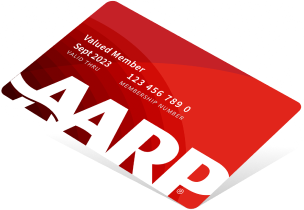





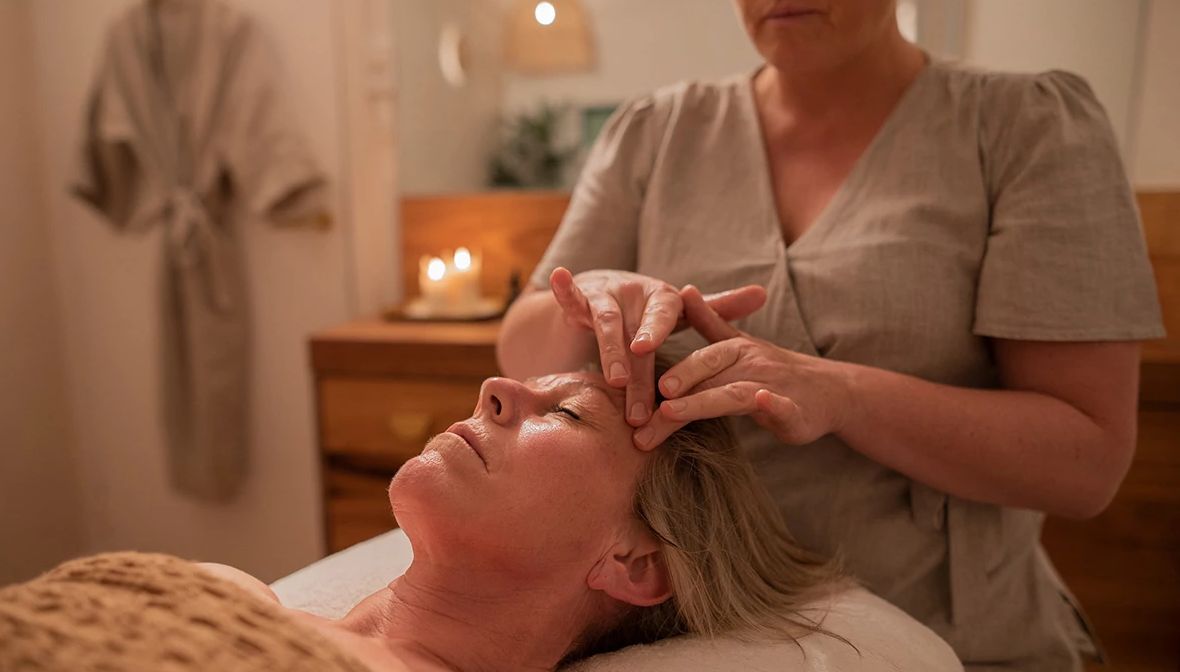



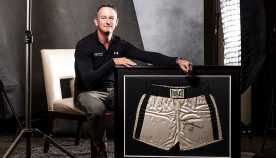





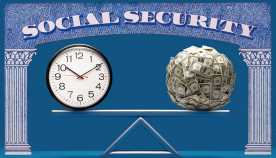











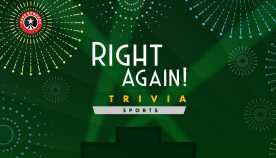







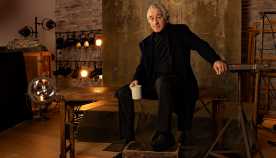
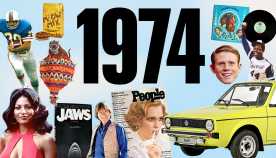

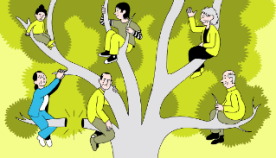
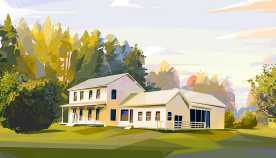



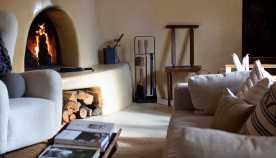

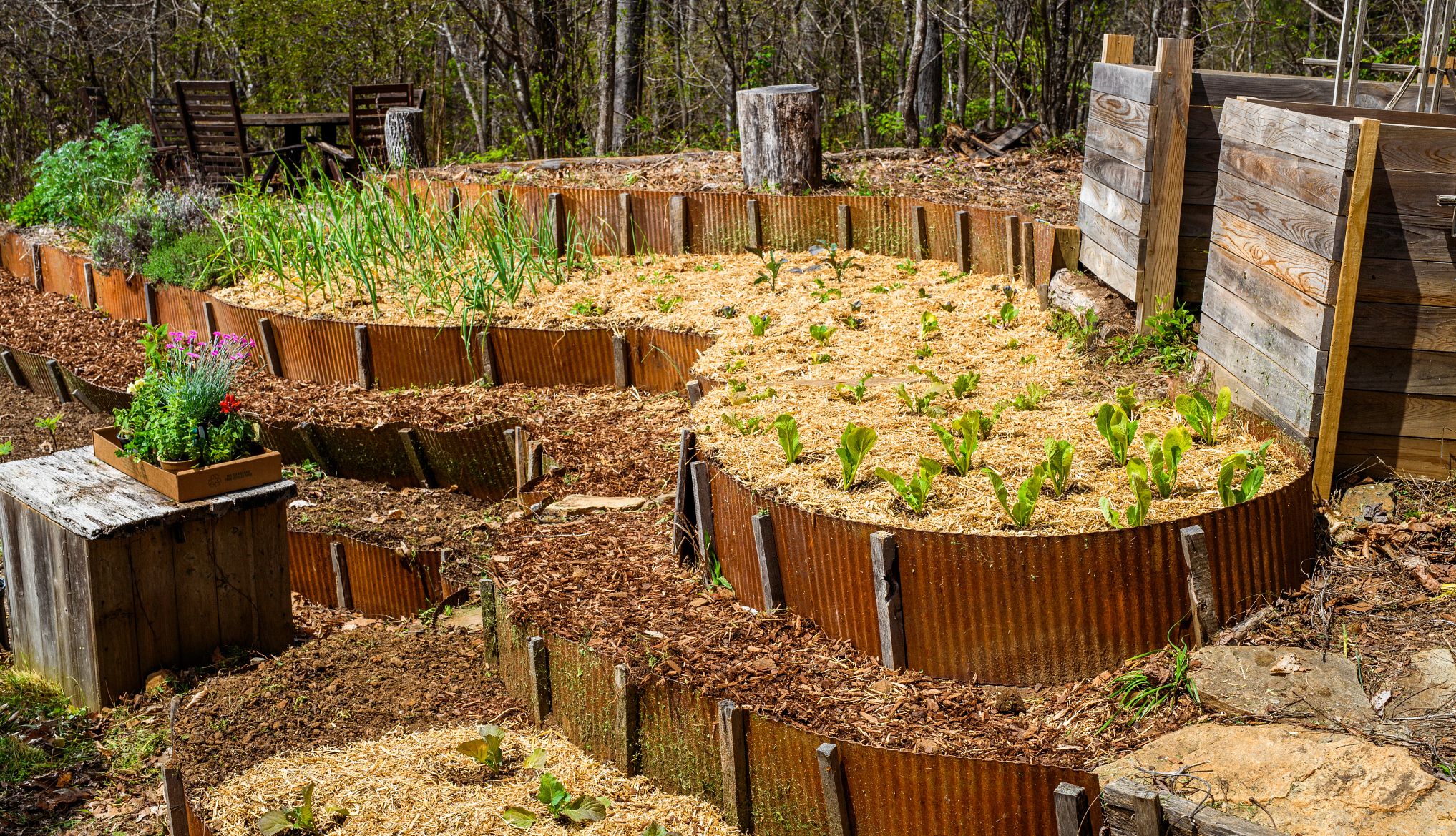









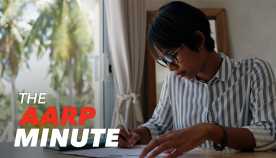
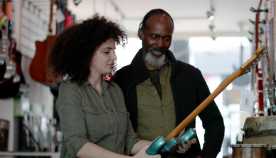





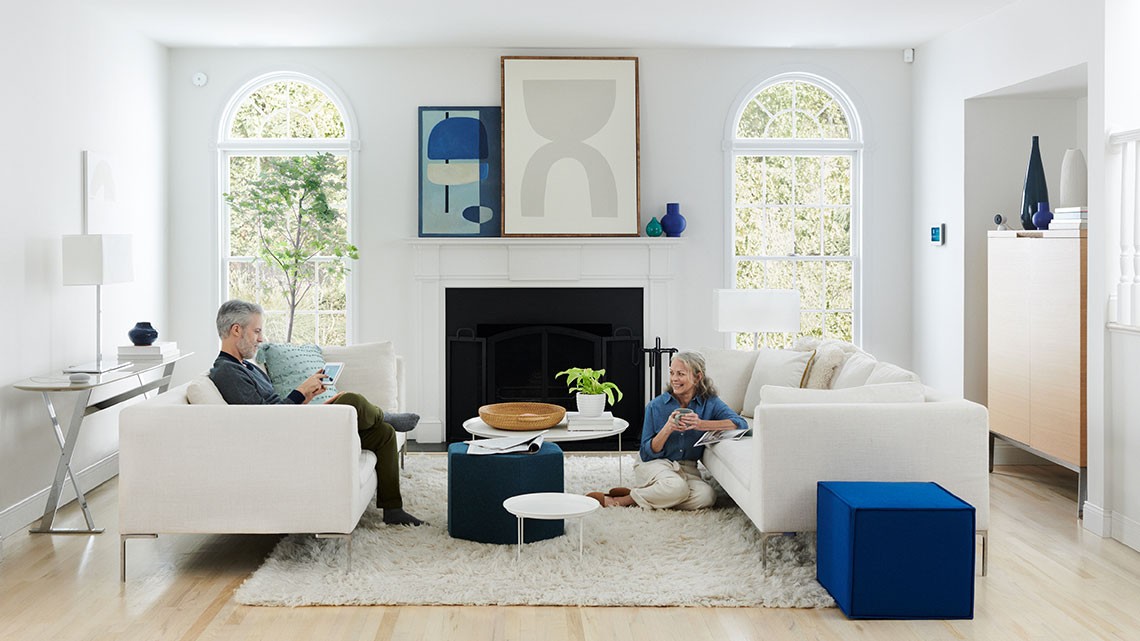

More From AARP
Losing Everything to Gambling Addiction
More older Americans are problem gamblers, but are they betting against their health, too?